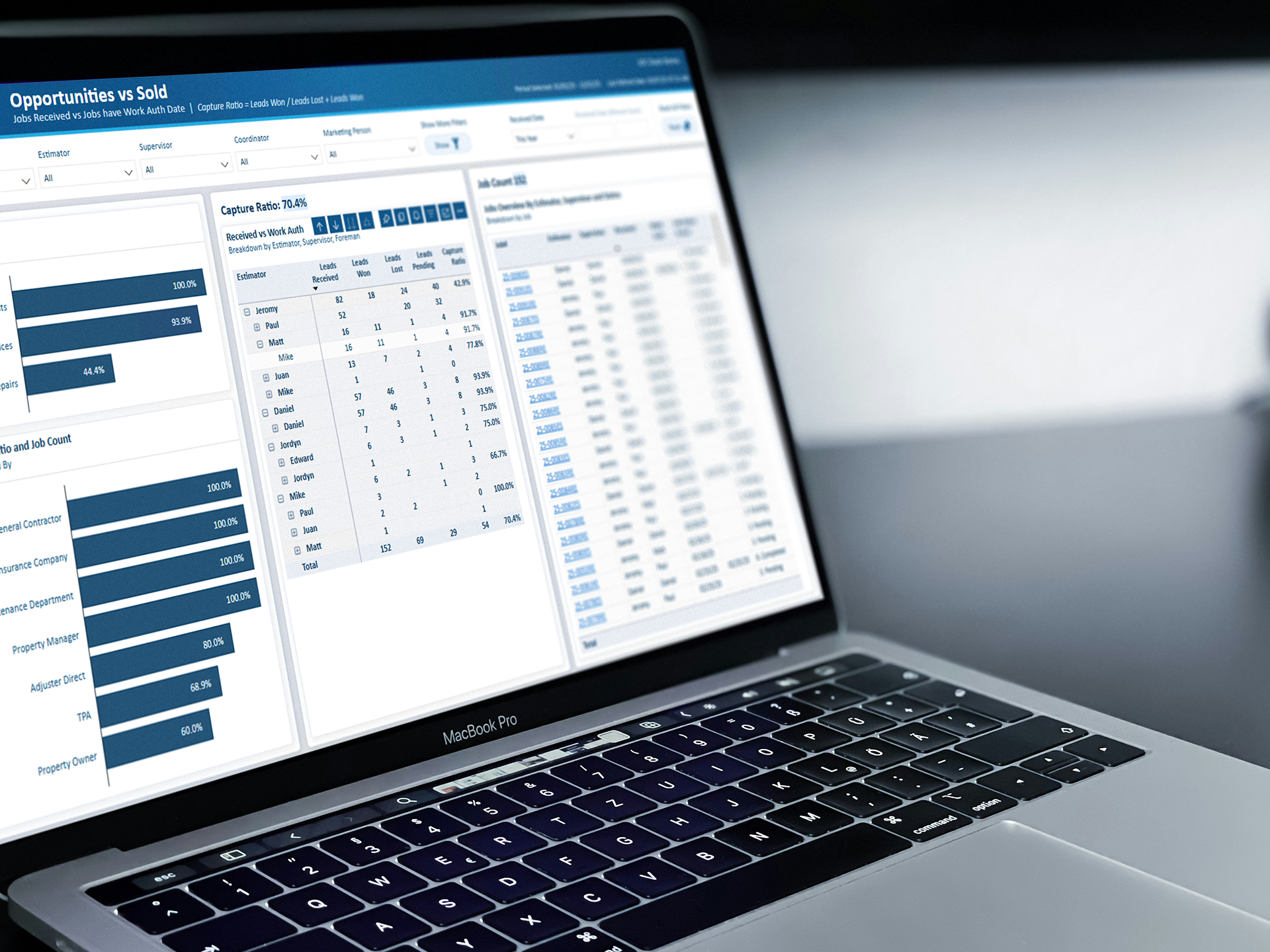In industries long defined by hands-on expertise—from restoration and construction to specialized trade services—adopting AI is no longer optional. Data-driven leaders are leveraging machine learning not just for back-office efficiencies but to validate market opportunities, accelerate product and content development, and bolster customer trust. This week’s featured analysis breaks down a proven AI for restoration and construction startups-powered playbook for launching and scaling a business from the ground up. You’ll learn how to stitch together large-language models, rapid-prototyping tools, and integrated development platforms into a lean tech stack. We’ll also discuss why sustaining a human presence in your brand narrative remains crucial, even as AI handles more of the heavy lifting. These insights will help you move faster, make smarter decisions, and differentiate in competitive markets.
Rapid Product Market Fit with AI
Launching a new service line—whether it’s on-demand mold testing, foundation reinforcement programs, or mobile equipment rentals for idle tools—often depends on validating customer demand early. Traditional surveys, field trials, or focus groups can take weeks and consume valuable labor hours.
With today’s AI capabilities, you can validate ideas in days, not months. Use tools like ChatGPT or Perplexity to run virtual market sprints: ask the AI to stress-test your concepts, reveal overlooked competitors, identify pricing benchmarks, and suggest potential customer objections.
Next, use a no-code platform such as V0 or Replit to launch multiple test landing pages—each representing one idea. Add short descriptions (“24-hour Mold Check Service” or “Rent Out Your Unused Tools for Passive Income”) and quick email sign-ups. Then, push targeted Facebook or Google ads to each page and track real-world engagement and market demand.
The offering that drives the most sign-ups and inquiries becomes your validated market winner—ready for pilot rollout. You can double-check these real life metrics by leveraging AI again to look into Google search trends and keyword data to see if your best prototype aligns with the highest search traffic in the respective category. This is also a good hack if you want to choose a trendy domain name to boost your organic SEO.
Actionable takeaway: Use AI and lightweight digital tests to validate at least three new service ideas (e.g., mold check, foundation repair add-on, or equipment rental platform) within 48 hours, before committing full operational resources i.e. no more shooting in the dark.
Accelerated Content and Product Development
Once you’ve validated your direction, AI can scale content production and prototype features simultaneously. For marketing, narrow your focus to sub-niche topics where you have domain expertise—whether it’s water damage diagnostics or green-building retrofits. Tools like Claude or Perplexity and Sora (Chat GPT’s content Hub), can generate moving graphics, images, and short-form videos relative to the product launch. These tools are likewise excellent at producing contextual marketing materials to beef up the graphics that were generated and increase the pathways to distribution.
Building a Lean AI-Enabled Tech Stack
A modern tech stack for new ventures in the trades should minimize dependencies, cut overhead, and accelerate deployment from concept to field use.
Start with Cursor, an AI-driven development environment that understands your entire codebase and helps you build new features with intelligent, context-aware completions. It’s ideal for quickly spinning up custom inspection apps, quoting calculators, or scheduling dashboards tailored to restoration and construction workflows. WARNING: AI enhanced code editors still require some IT friendly users to capture full advantage, or to prevent some serious mistakes (proceed with caution).
Use V0 by Vercel to generate production-ready UI components and apps with natural-language prompts—perfect for crafting client-facing portals, project-tracking dashboards, or mobile-responsive estimate forms without design bottlenecks. This can be sent to cursor for iterative development to have a very nice polished product for launch.
Finally, connect to Supabase for your backend. It provides authentication, real-time databases, and file storage—so you can manage project data, user accounts, and uploaded site images securely and at scale.
Together, this V0-Supabase-Cursor pipeline keeps your team focused on innovation, not infrastructure. Updates flow seamlessly from development to deployment, reducing time-to-market while maintaining control of your intellectual property and data governance standards. Show your team proof of concept in minutes, not months.
Superpower = V0 immediate proof of concept -> Cursor (iterate on MVP -> Supabase (secure backend storage and scalability)
Preserving the Human Touch in an AI-Driven World
Even as AI generates content, code, and customer insights, your brand differentiator remains your team’s expertise and personal engagement. On websites, in videos, and across social media, feature real staff members—project managers, technicians, and customer-service reps—sharing their firsthand experiences and lessons learned. Highlight on-site case studies narrated by the people who led the jobs.
In Restoration, the human touch is especially important when you are working with clients who may have suffered a catastrophic loss. The last thing your brand needs is AI reducing the impact that a client might have felt after losing irreplaceable family photos, heirlooms, or the nostalgia of their old home. This is where your culture of Hiring, training, and developing superstar human talent can flourish and differentiate you from the corner-cutters.
Closing Reflection
As AI reshapes how we validate ideas, produce content, and develop software, your competitive edge will come from integrating these capabilities into a human-centered strategy. At JOC Analytics we personally use the tools mentioned in this post to help protect our most valuable resource, time. That efficiency lets us double down on what matters most to our clients—ensuring their analytics are clear, accurate, and designed to drive measurable growth in restoration and construction.
Check out the rest of our posts here!



